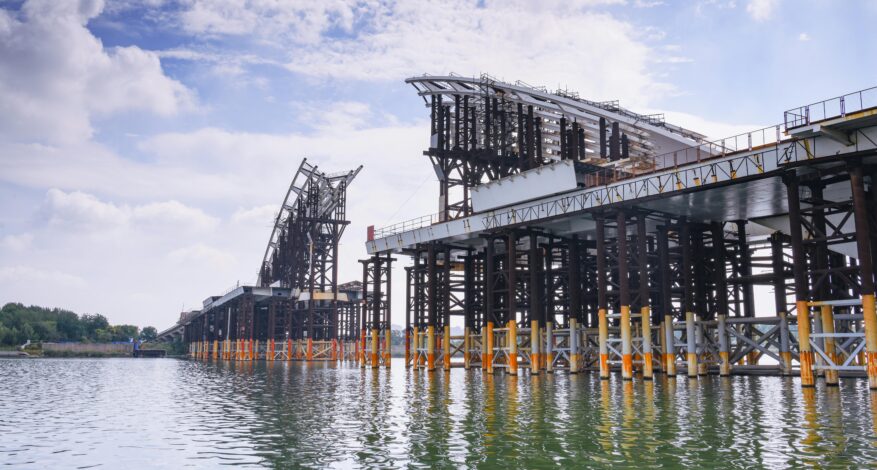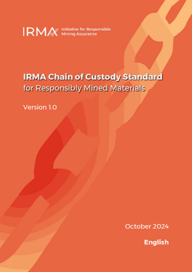Without a Trace: What’s Missing in Discussions about Supply Chain Traceability
Blockchain is the solution to supply chain traceability, right?
Well, perhaps it might help, one day. But while technology – including blockchain – promises to help amass and process the enormous volume of complex supply chain data, there remains a key, unresolved barrier to progress: people.
Likely every piece of data already exists today for brands to be able to figure out the provenance of the materials in their products. Existence of data is not the problem. Rather, it is its availability and accessibility. Whether intentionally or not, it is people within supply chains that are effectively acting as gatekeepers to critical supply chain information. Creating value for people to share data – even conditionally – is the key to ultimately unlocking the supply chain visibility that downstream brands are increasingly expecting.
An electronics brand recently managed to trace a critical mineral in its device through every step of the supply chain all the way to the specific mine from which the raw material was dug out of the ground. Yet you will not hear that brand make any claim as to this achievement. Why? Because the mine was unwilling to provide the necessary documentation to verify the data. Without that critical validation, the end-to-end tracing of that material – an astonishing feat given the complexity of today’s supply chains – was left unconfirmed.
There are a variety of reasons why suppliers might refuse to share data with customers, particularly those with whom they have an indirect relationship, multiple supply chain tiers apart. For some, perhaps it is yet another customer request for which they are consuming bandwidth and resources to fulfill with no clear benefit or reward. For others, perhaps it is a concern that giving customers information about their own business relationships might provide customers all they need to know to cut that supplier out and go straight to their sub-tier suppliers. For others still, perhaps there is a fear that the information could somehow be triangulated to determine the supplier’s ‘special sauce’ of material composition or manufacturing process. In other words, a trust problem. Whatever the reason, the result is the same: efforts toward supply chain visibility are starved of the data they need.
But does it matter? Brands are increasingly under legal, regulatory, market, investor, and activist pressure to be able to demonstrate the integrity of their supply chains, to prove that they are sourcing their materials and components responsibly and ethically. But even more than that, supply chain traceability is also what makes responsible mining real.
The experience of the Initiative for Responsible Mining Assurance (IRMA) demonstrates that the overwhelming primary motivator for mines to meet IRMA’s Responsible Mining Standard and to undergo independent third-party audit is customer request. But such requests are most powerful if a customer knows – and can demonstrate – who their suppliers are, by tracing the provenance of the materials in their products to the source. After all, it is important for us not to lose sight as to what traceability ultimately delivers to society. Traceability builds connection between everyday products like cars and phones to the source of their raw materials, providing the opportunity to positively influence the supply chain to reduce harm to real people and their lands from where those raw materials are sourced.
It is an irony therefore that upstream suppliers, including some mining companies, may claim that they do not hear customer demand for responsibly mined materials since, at the same time, upstream suppliers may be denying access to the very information that would allow customers to connect the dots and make those demands known. It is difficult for a customer to make demands to a supplier if they do not know who their supplier is, after all.
So how to fix this? Certainly, technology can help. There are service providers in the market who analyze vast quantities of customs and shipping records, for example, to seek to triangulate data and identify links in the supply chain. But easily the most direct route is to just get it from the source: incentivize upstream suppliers to provide the data necessary for supply chain traceability.
On the one hand, compulsion – either regulatory, contractual, or market – will drive conformance. It is unlikely, perhaps in the short term, that governments the world over will be scrambling to create a regulatory mandate for higher tier suppliers to provide data to their customers. More likely is that customers will require data sharing in their procurement specifications and contracts and in so doing also create a market incentive where data sharing and transparency becomes the price of entry to sell into a market, regardless of customer.
On the other hand, could we assuage the concerns of suppliers who do not trust how their data will be used? Is there context for conditional data sharing, where a limited amount of ‘just enough’ data is shared such that confidentiality is maintained? Or the opportunity to provide for data to be shared with independent third parties (such as auditors)? Or scrubbing and anonymizing data to protect elements of it that may be proprietary in nature while still providing customers with the information they need to meet their requirements? IRMA and some of its members will be exploring these possibilities in the year ahead as we trial the implementation of our own Chain of Custody Standard with a series of pilot initiatives. It may be that complete transparency may not be necessary and perhaps the quest for 100% openness may be impeding greater progress, and that there may be some forms of limited disclosure still worthy of public confidence.
Though the vast amounts of supply chain data and the flashy solutions on offer, (like blockchain) may lead us to believe that the answer is technological, in reality the impediment to meaningful supply chain traceability and transparency is very human. It will only be through meeting suppliers where they’re at – through requirements, incentives, workarounds, and trust building – that we can ever hope to solve the problem and enable those tech solutions to be able to crunch all that data that will hopefully one day magically become available. And in so doing make responsible supply chains more of a reality.



